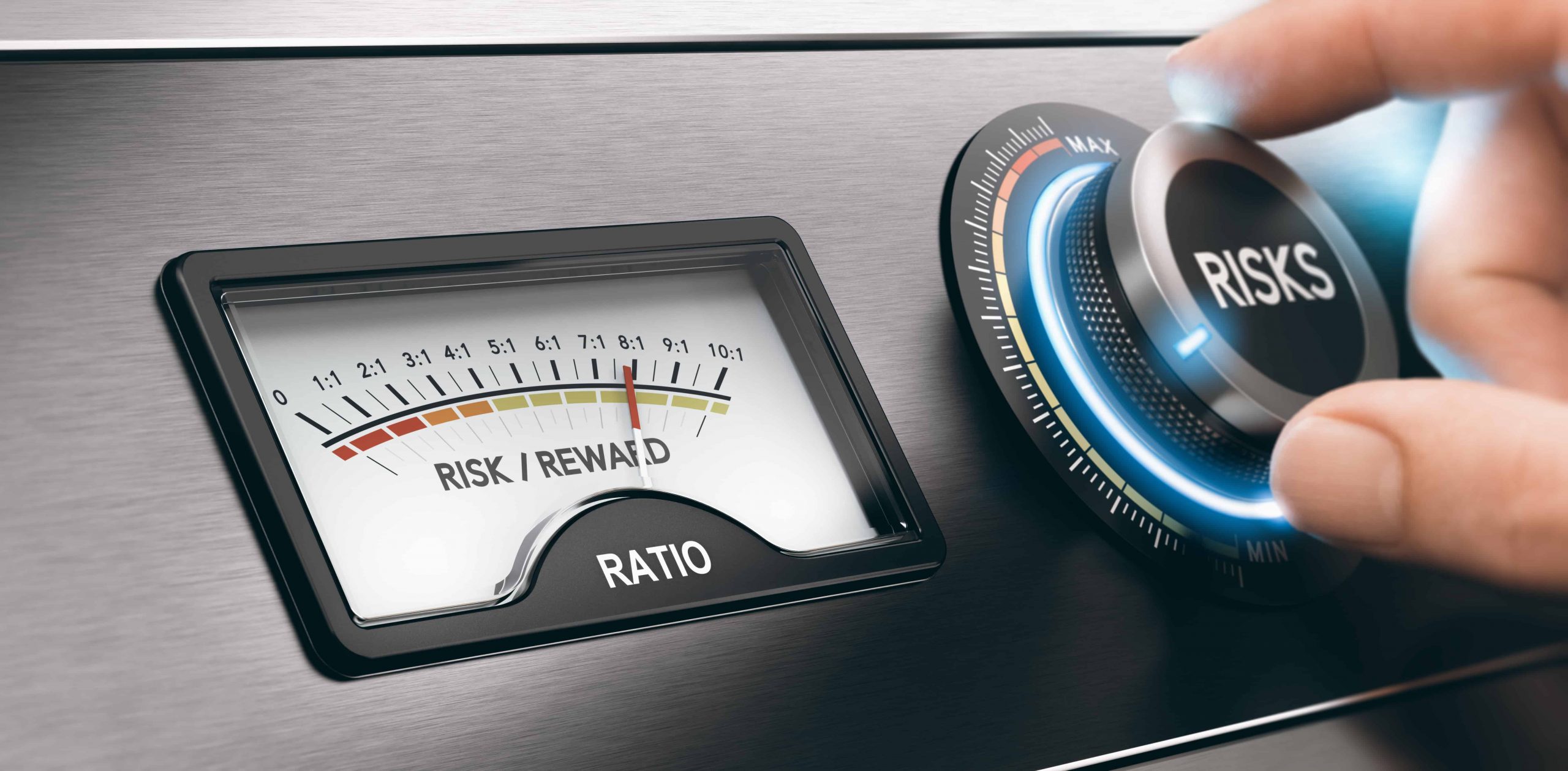Risk Management Strategies for Forex Trading
The Forex market is an exciting market with lots of volatility. It is the world’s largest market by far (about $5 trillion in average trading volume on the Forex compared to about $300 billion on the US stock exchanges). The Forex makes it possible to begin making real money when trading, even when starting out with just a couple of thousand dollars.
The reason new traders and traders with smaller accounts gravitate to the Forex is in part because of the leverage it offers. Depending on your broker, it’s possible to get leverage as high as 100:1, which means that if you put $1,000 in your account on 100:1 margin, you can trade as if you have $100,000.
This kind of leverage means even small moves could provide amazing gains. Check out this 1-minute chart of EUR/USD:

This trade made $102 in just 15 minutes. The Forex moves quickly enough and provides enough leverage that even small accounts can grow quickly. But the opposite is also true. Leverage cuts both ways. This is why proper risk management is so key to your trading success.
Take a deeper dive into a pro’s risk management strategies — join us for a trading webinar today.
As a college student, Bill Lipschutz turned $12,000 into $250,000 in the stock market but ended up losing it all after one poor trading decision. He decided to turn to the Forex market as the place for him to employ all the lessons he’d learned to make more money faster. At one point in his Forex trading career, he ended up making $300 million for Salomon Brothers in a single year.
No trader is right 100% of the time in the markets. The best traders employ proper risk management techniques so that no one loss wipes out their entire account, while at the same time keeping their accounts concentrated enough to make real money on their wins.
There are two places to focus on risk management. The first is at the trade level. Proper risk management at this level means you set (and keep) stop-loss orders and profit-taking targets. A 50% loss requires a 100% gain just to break even while a 5% loss requires only a 5.26% gain to get back to break even.
The second place to employ proper risk management is at the account level. Richard Dennis, a profitable commodities trader and founder of the Turtles says, “You have to minimize your losses and try to preserve capital for those very few instances where you can make a lot in a very short period of time. What you can’t afford to do is throw away your capital on sub-optimal trades.” He recommends risking no more than $2,500 on any one trade when trading from a total account size of $10,000.
Whatever your account size, work to keep your losses small by practicing good money management.


